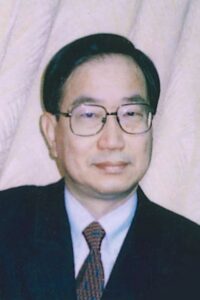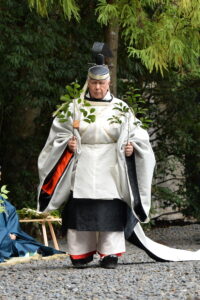
Cool (smart and stylish) Nippon (Japan) should be pitched throughout the world. Under the slogan of Cool Japan, the movement for the transmission of Japan’s hidden gems to the world has been brisk. From animation, video games, and other pop culture to Japanese cuisine, many foreigners are drawn to Japanese style. Under such circumstances, shouldn’t the method for the transmission of information be changed? Director Watanabe Hirotaka, Institute for International Relations, Tokyo University of Foreign Studies, the foremost authority on research in culture and diplomacy, points out what is missing in the current Cool Japan campaign. What Abe Mario symbolizes The main character that enlivened the final scene at the Olympic Games held in Rio de Janeiro, Brazil, was the Nintendo video game character, Super Mario, played by Prime Minister Abe Shinzo. The unexpected performance surprised the media around the world, which applauded ... ... [Read more]

